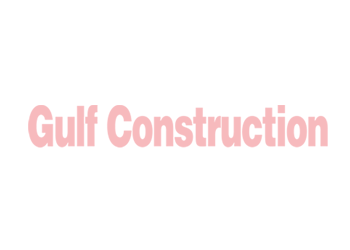
SINCE the start of the year Dubai has been in the news but for the right reasons this time: launching of the world tallest building, a multi-billion-dollar racetrack and most importantly telling the world how it intends to go about paying off billions of dollars of borrowed money which it was hard pressed to pay last year.
The emirate is also pressing ahead with other high-profile projects – including its huge new international airport in Jebel Ali, the multi-billion-dollar metro, more artificial islands, designer golf courses and plush new hotels – giving the construction industry reason to hope – if not cheer – that the worst is behind them.
Development on Nakheel’s The World is expected to continue this year. Work will begin on as many as 20 of the planned 300 luxury man-made islands. With two more islands selling in October last year, only four islands remain on the market in the current schedule, according to reports.
Despite the scandal surrounding golf star Tiger Woods’ extra-marital affairs, the Tiger Woods Dubai and Al Ruwaya Golf Club is also expected to open this year. It will boast an 18-hole championship course with “dramatic elevation changes, lush landscaping, stunning water features and an overall design that will challenge and entertain golfers of all playing abilities”.
Residential and hospitality components will include 197 residences, a boutique hotel, a spa, a fine dining restaurant, a professionally staffed golf academy and the Al Ruwaya clubhouse.
Hotels & resorts
The next two years should see a revival in the hospitality industry with several new properties coming on line, in addition to ones that have recently been launched.
The 72-floor Rose Rayhaan, the world’s tallest hotel tower, opened its doors in December on Sheikh Zayed Road. Built by Rotana, the 333-m-tall hotel has more than 480 rooms, suites and penthouses plus restaurants, meeting rooms, a fitness centre and an outdoor swimming pool.
This month is expected to see the launch of the Armani Hotel at the Burj Khalifa, the world’s tallest tower. The property is a collaboration between Armani and Emaar Properties and will have 175 rooms, with furnishings designed by the company’s micro-brand, Armani Casa.
At The Palm Jumeirah, Zabeel Properties’ Ottoman Palace – which will be operated by Rixos Hotel Group – is also expected to open this year. As the first Ottoman-themed hotel in Dubai, this five-star hotel and villa project was initially scheduled to open in November 2008. News reports claim the property will now open in the second quarter of this year with 410 rooms and 38 villas. The development will incorporate the world’s largest and most decadent authentic Turkish spa, covering 8,500 sq m.
The $626-million Palazzo Versace, which was hit by delays, is now scheduled to open early next year, offering a new level in beachside luxury. Located by the Dubai Creek, the property has 213 rooms and suites, 169 luxury villas, restaurants and a spa. As of last month, the main structure was complete and over 60 per cent build complete for the entire resort. The external landscaping, along with the inclusion of the swimming pools is to soon commence and with anticipated completion early next year.
Another delayed project, the Emerald Palace Kempinski on The Palm Jumeirah is also expected to open doors later this year. The project will now see the residential complex open first, with the hotel launch in the fourth quarter of this year.
Also scheduled to open later this year is the 550-room Conrad Dubai, yet another luxury on Sheikh Zayed Road impressive skyline.
Debt restructure
Last month, Dubai said it spent up to $9.5 billion restructuring its debt-laden Dubai World conglomerate in a plan to give bank lenders their money back in five to eight years and repay two key bonds. The proposal would give creditors new debt covering the $14.2 billion they are owed, and repay in full Dubai World property unit Nakheel’s 2010 and 2011 bonds.
The plan calls for no new funds from Abu Dhabi, Dubai’s wealthier neighbour which bailed out the emirate last year. But Dubai will get access to the $5.7 billion remaining from Abu Dhabi’s earlier $10-billion lifeline and pay for the rest of the cash injection itself.
Dubai also announced that it will pour $8 billion into Nakheel, with a $1.2 billion debt-for-equity swap also part of a move to take the property developer off Dubai World’s hands and place it with the government directly.
It will also pump $1.5 billion into Dubai World as part of a recapitalisation that would include an $8.9 billion debt-for-equity swap.
Questions remain about the plan, such as how Dubai will raise the $3.8 billion needed to fund it. And then there is the rate of interest on bonds to repay creditors.
Dubai said the money would come from “internal government resources” and its financial obligation was spread over several years. It may raise funds through asset sales, but officials said there was no pressure for a fire sale of assets. “Assets inevitably will be disposed of at the right time, at the right value,” said Aidan Birkett, Dubai World’s chief restructuring officer.
A final deal with Dubai World’s creditors is expected to take months.
Dubai World, one of three holding companies controlled by Dubai, shocked world markets in November when it said that it needed to delay repaying $26 billion in debts.
Announcing details of the deal, Dubai World put a price tag on the total amount of debt held by banks at $14.2 billion at the end of December.
The government said those creditors would receive 100 per cent principal repayment via new debt with five and eight-year maturities. There was no detail on the interest rate.
The Nakheel bond payback offer came as a surprise, as does the absence of a more visible role by Abu Dhabi, which had come to the rescue with $10 billion aid late last year. The UAE central bank took up $10 billion of Dubai debt in February 2009 in a sovereign bond by the Dubai government.
Ups and downs
Dubai was a study in contrasts in 2009: while some projects floundered, others came to fruition. Developers decided not to go in for new projects but focus on project completion and handover. Month after month, they trumpeted out project updates and milestones for every foundation completed, and every floor that went up and every façade erected. The message was one of reassurance: that they were still in business.
Infrastructure spending, especially on construction projects, has always been a prime driver of Dubai’s economy. The vision was based on the premise that investments in infrastructure would in turn trigger economic growth.
It was only when the fundamentals of such spending were questioned that trouble erupted. If anything, 2009 proved that there is only so far one can go with borrowed money.
Over the last 12 months, despite all the gloom, there were developments that truly described the Dubai Vision and the underscored the determination of the emirate to ride out the recession.
Metro launch
Headlining that positive sentiment was the opening of the Dubai Metro on September 9, 2009. While the larger ramification of the Dubai Metro might be lost in the short term – augmented by debates on the financial viability of the project and how metros all over of the world are largely loss-makers – the long-term outlook must not be lost.
Built a cost of $7.6 billion, the metro is the world’s longest and the Middle East’s first fully automated, driverless rail transport system. The Red Line runs for 52 km, while the Green Line, runs for 22 km.
The metro has powered the economy like none other – the sheer scale of the project meant keeping in business hundreds of contractors and sub-contractors, and providing jobs to thousands of skilled workers and professionals. As bottom lines go, the basis of any economic growth is the potential to create jobs and to keep businesses, well, in business. The metro achieved that and continues to do so, even as some contractors complain they are yet to receive their dues.
Work on the Metro is now continuing apace, with 18 more stations on the Red Line to open shortly (see separate report).
The Roads and Transport Authority (RTA) in Dubai completed eight road and bridge projects that will accommodate traffic flow up to 2020. These included the Financial Centre Road comprising four lanes in each direction, raising the road capacity to 16,000 vehicles per hour. A new bridge over Al Khail Road was also opened to serve the traffic flow inbound from Interchange One at Sheikh Zayed Road and Dubai Mall area towards Al Khail Road extending in the east-west direction in a four-lane corridor.
World record
The first week of 2010 saw the launch the Burj Khalifa, the world’s tallest building developed by Emaar Properties. The value of the tower to the economy will continue to stand unchallenged. For one, the Burj Khalifa is not a tower developed in isolation. It is part of a 500-acre mega-development, and anyone who has seen the empty patch of land some six years back brimming with life, will vouch for the vision of the city in creating new growth engines.
A cursory glance through the property dynamic last year reveals the picture of developers struggling to strike a balance between new projects and completing existing ones.
In February 2009, for example, Omniyat Properties launched its landmark development, The Octavian at Business Bay, at a cost of $326 million. The commencing of and progress in construction was further highlighted by Mizin announcing that 60 per cent of the infrastructure works for the Remraam residential community in Dubailand was completed. Meanwhile, Dubai Sports City handed over the first villas in Victory Heights.
Put the three together, and it was vintage Dubai – project launched, construction progressing, hand-over made.
Nakheel however stunned the world when the developer’s put its kilometre-high tower on hold.
Still, Memon Investments broke ground on two projects worth Dh788 million ($214 million) while City of Arabia’s $5-billion retail, residential, commercial and entertainment district in Dubailand kept moving full steam ahead.
Adding to the buzz, The Palm Monorail at The Palm Jumeirah opened. The monorail, which is the first transport system of its kind in the Middle East, runs four trains between the Gateway Towers and Atlantis stations, with a capacity of 2,400 passengers per hour.
Mega projects
Dubai World Central – a 140-sq-km development centered on what is to become the world’s largest airport, the DWC Al Maktoum International Airport – also progressed as planned, while The Tiger Woods Dubai chronicled its progress.
The progress on the Meydan racecourse also made headlines (and despite switching contractors the racecourse opened its doors for the prestigious Dubai World Cup last month).
Adding to the positive sentiment, Dubai-based Bonyan International Investment Group (Holding) underlined its plans to deliver over 1,000 property units.
Overall, the picture that emerged from Dubai’s construction sector was mixed – some projects progressing, some on hold: in the same month that Cirrus Development announced that its $272-million Celestial Heights is on schedule, Arabtec Construction said work on the Dh2.4-billion ($653.4 million) Atrium for developer Emirates Sunland could be delayed.
The winds of change were felt across the construction industry with news of consolidation and diversification.
Emaar Properties, Dubai’s bellwether developer, focused on its subsidiaries – the Emaar Malls Group and Emaar Hospitality Group – with the grand opening of The Dubai Mall, the world’s largest shopping destination, and by building a portfolio of five Address hotels, respectively, during the year.
Interest in construction-related firms was still evident as Dubai-based Zabeel Capital acquired a 51 per cent stake of ASP Access Floors’ operations in the UAE, which is responsible for the company’s operations in the Middle East and Asian markets.
And entertainment and media entrepreneur Raymond Gaspar opened The Palladium, Dubai’s multi-purpose entertainment venue built at a cost of $68 million – highlighting that construction and development is not all about residential towers. The Palladium, as it proved through 2009, can stage everything from large-scale theatre and musicals to rock and classical concerts, operas, exhibitions, weddings and banquets.
Dubai World Trade Centre (DWTC) broke ground last year on a new extension for the Dubai International Convention and Exhibition Centre (DICEC) for completion the same year. The new addition provides a total of 1 million sq ft of covered exhibition space.
The new Mirdif City Centre in Dubai also made swift progress to see completion early this year. The 196,000-sq-m centre offers dedicated community areas, medical clinics, a spa, personal grooming facilities, fitness centre, over 20,000 sq m of leisure and will be home to 430 retailers.
Industrial initiatives
Underlining Dubai’s diversification initiatives, Ducab set up a factory for the manufacture of high-voltage (HV) cables in a joint venture with the Dubai Electricity and Water Authority (Dewa) and the Abu Dhabi Electricity Water Authority (Adwea). The new company, Ducab – HV, will operate from a 22,000-sq-m factory that is being built next to Ducab’s facility in Jebel Ali.
Meanwhile, Swedish truck and bus manufacturer Scania’s new industrial facility for assembly of complete vehicles in Jafza (Jebel Ali Free Zone) became the first automotive assembler in the UAE. The facility is a green building with Leed Gold certification and has the capacity for customisation of about 1,400 vehicles per year.
Italy-based Legnano Tekno-electric Company (LTC) announced plans to set up its first manufacturing plant in the Middle East in Jafza.
The plant, covering 27,500 sq m, will process grain-oriented electrical steel, from coils right up to fully-built magnetic cores for distribution and electrical power transformers. The new facility is scheduled to open by 2012.
New Zealand-based Pultron Composites also announced the opening of a facility in Dubai to cater to the Middle East and North Africa (Mena) region and Europe. Specialising in the development and manufacture of high-performance fibre-reinforced plastic (FRP) composite rebar, Pultron is located in Jebel Ali Free Zone and manufactures various fibreglass profiles and structural profiles.
Conclusion
Dubai’s plan to avoid drawing on fresh funds from Abu Dhabi in its debt restructuring may be more about presentation than the reality of its balance sheet, analysts say. Not taking new cash from Abu Dhabi was meant to show investors that Dubai can still stand on its own feet. But analysts say the hard reality is that the emirate could never navigate its current troubles without Abu Dhabi’s support and the capital may yet have to help out Dubai again despite last month’s message of its plan for the Dubai World conglomerate.
“The message is: let Dubai handle this,” Emirati political scientist Abdulkhaleq Abdullah said. “But everyone knows that without Abu Dhabi’s help – which I think will become clearer – this thing would not have been possible.”
Looking ahead, analysts expect fewer new launches and big-ticket projects but more handovers as projects come to fruition. Dubai still faces hard questions: will there be a glut, can developers assure payments, will customers return, and is the economy sufficiently diversified?
The outcomes of these issues will alter the landscape and shape 2010 and the coming years for the industry.
However, Dubai’s critics would do well to look at a recent advert by a local bank which sums up the emirate’s never-die spirit and serves as a good reminder of what the emirate is indeed capable of. Featuring the world’s tallest tower amidst the Dubai skyline, the caption simply reads: ‘Ambition. Without it, this would all still be a desert.’



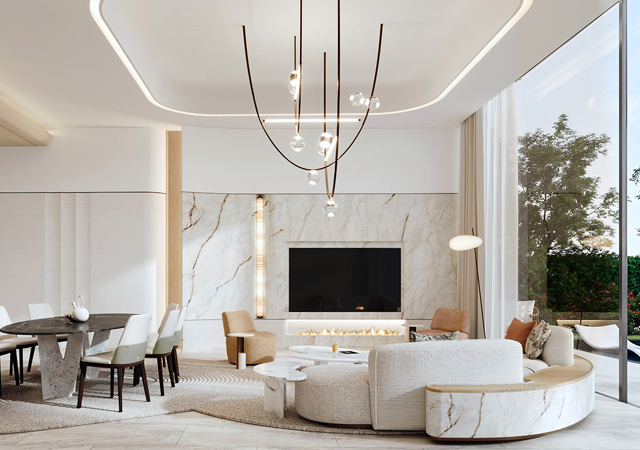
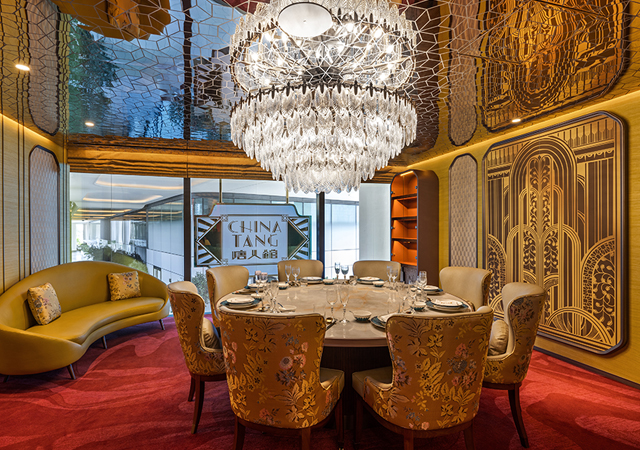
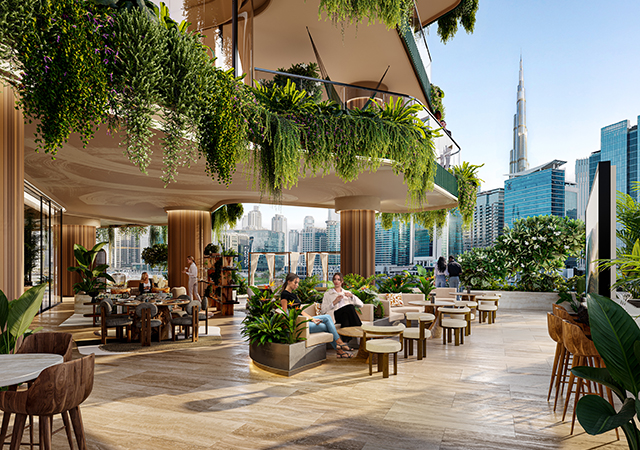
.jpg)
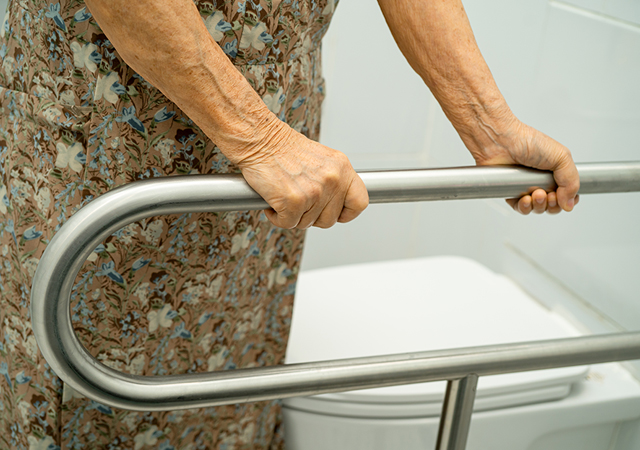

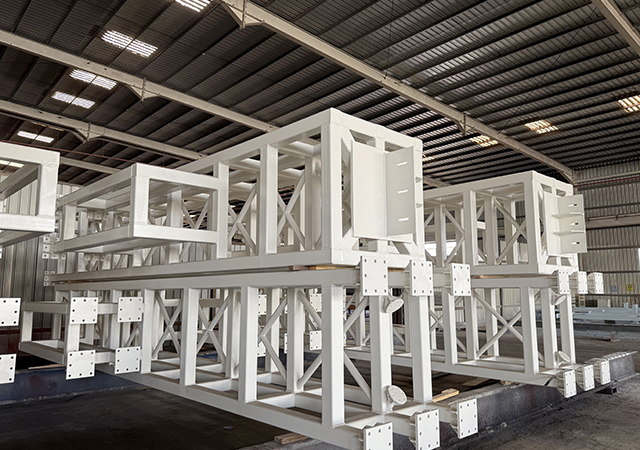
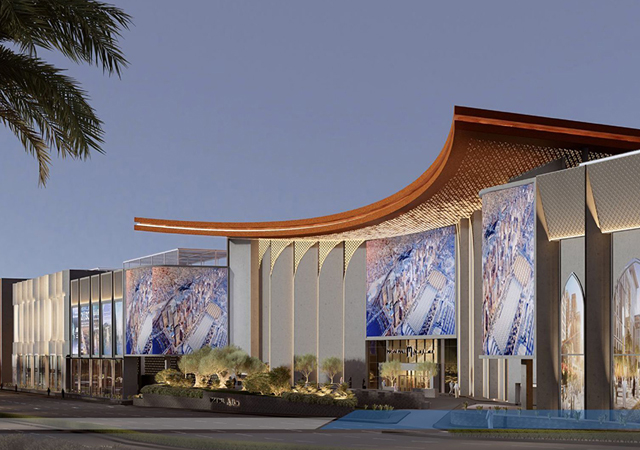
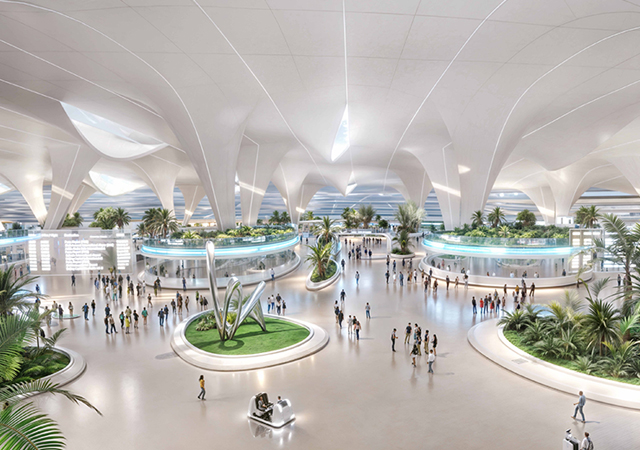

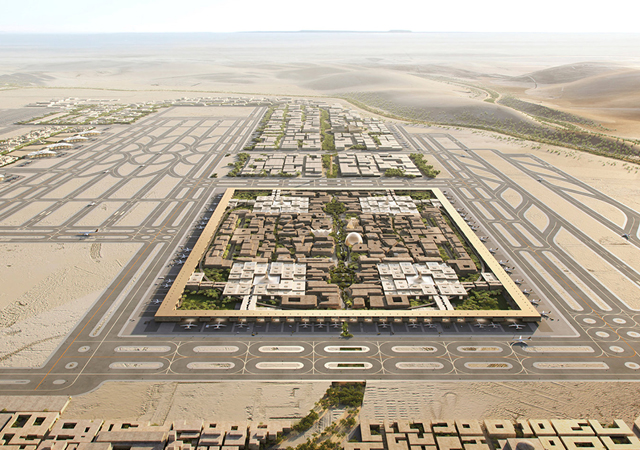
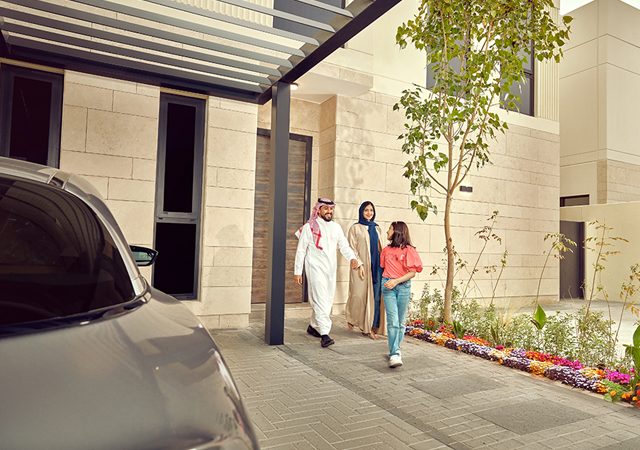
.jpg)
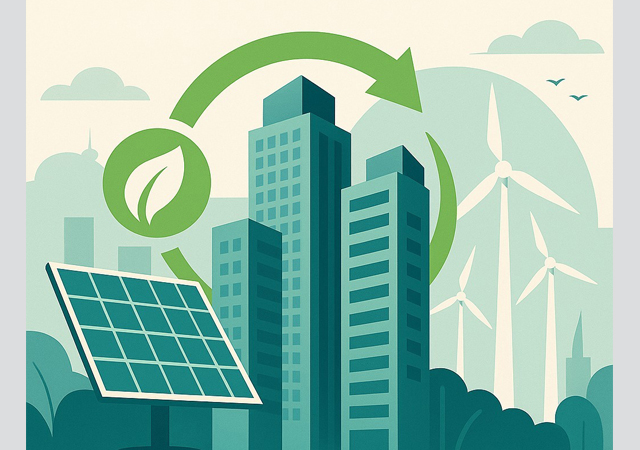
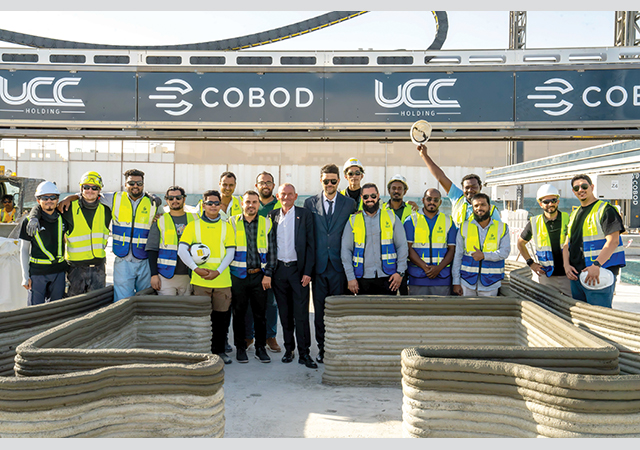
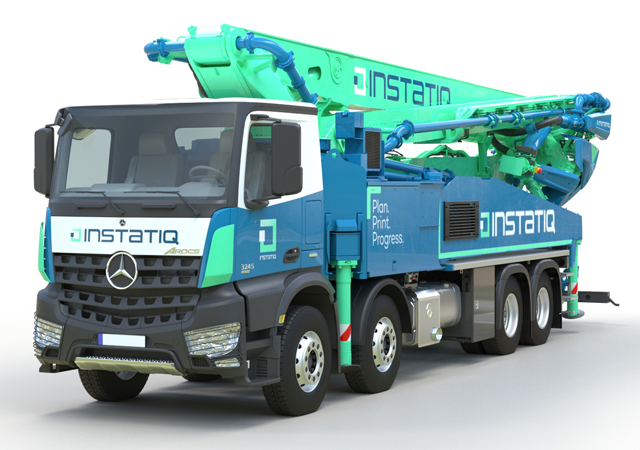
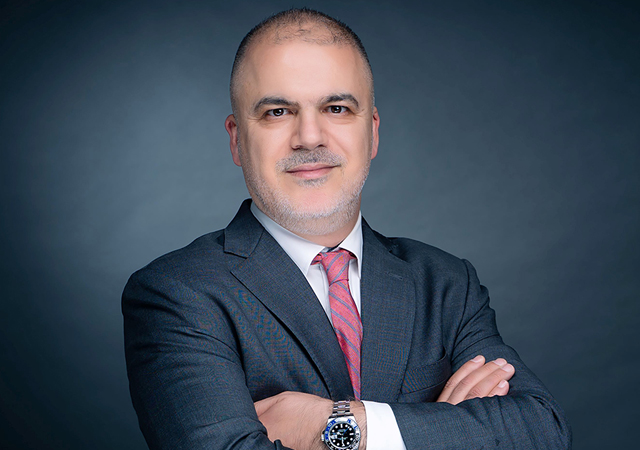
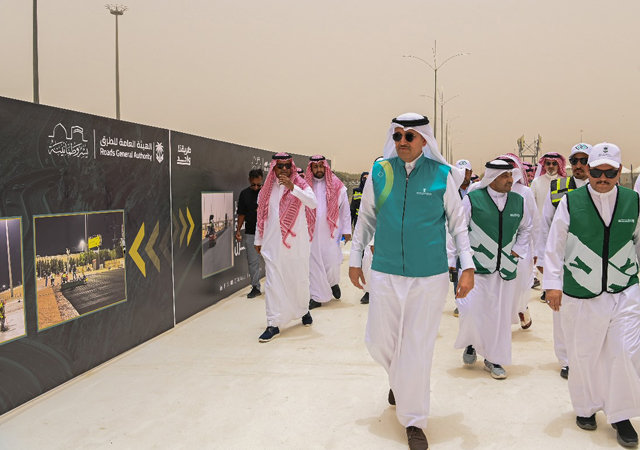
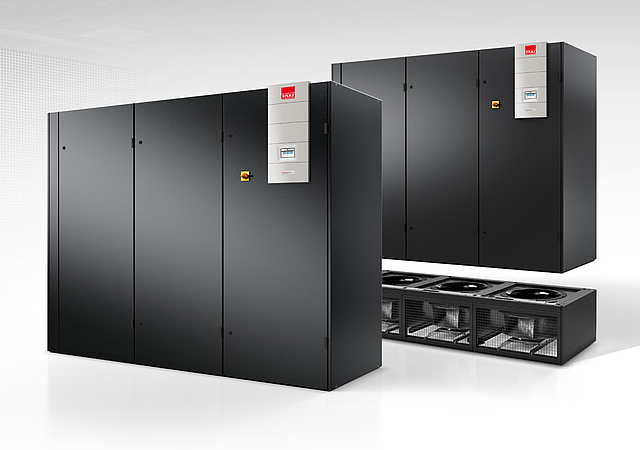
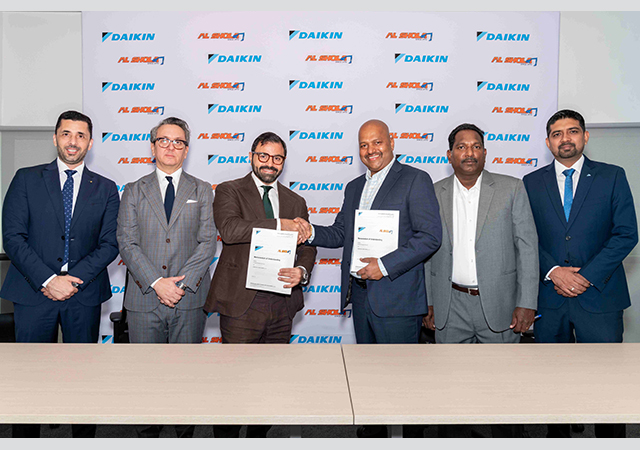
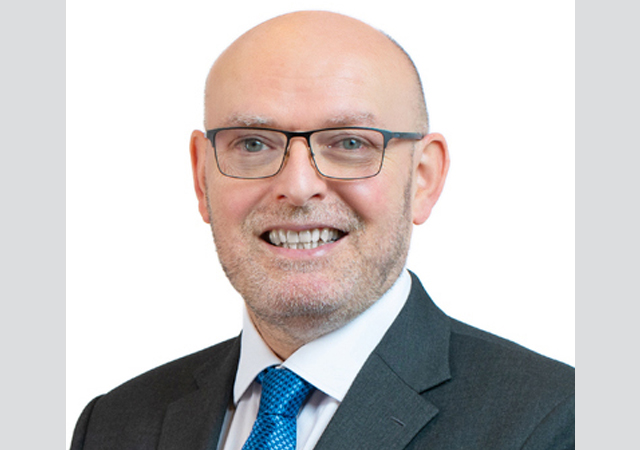
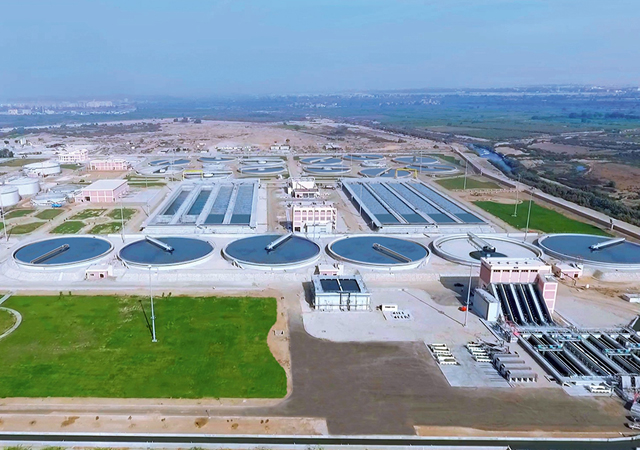

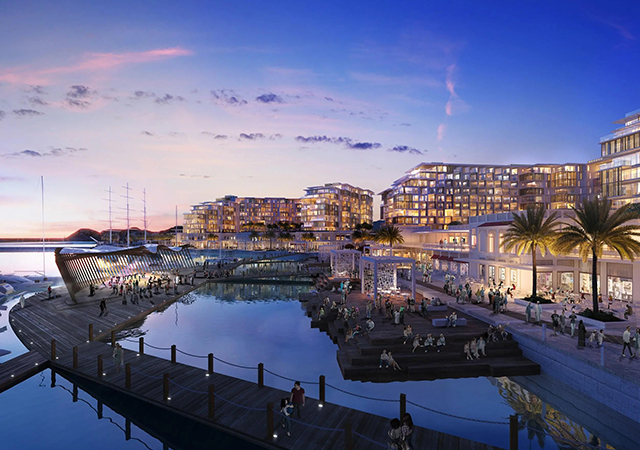

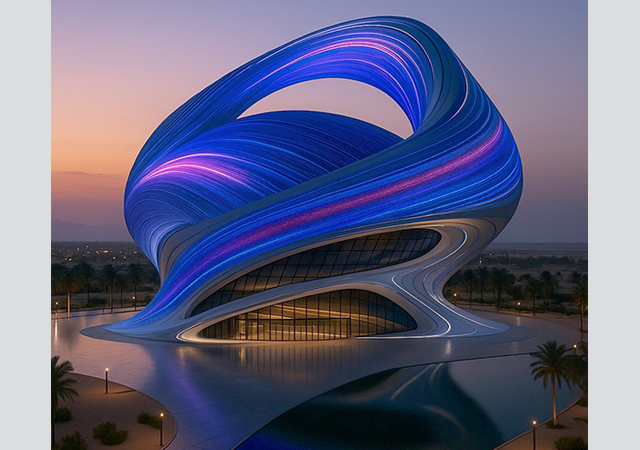
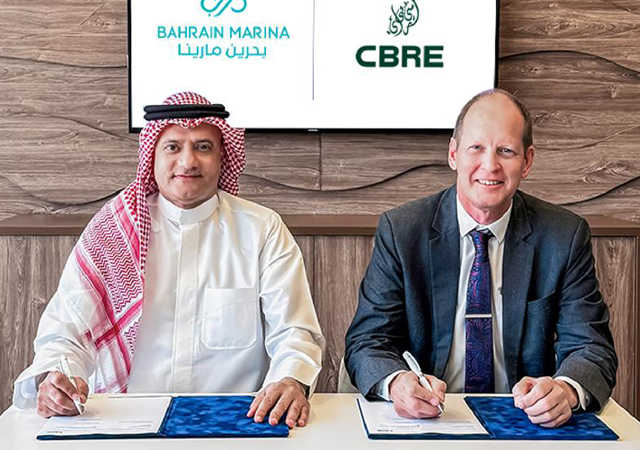
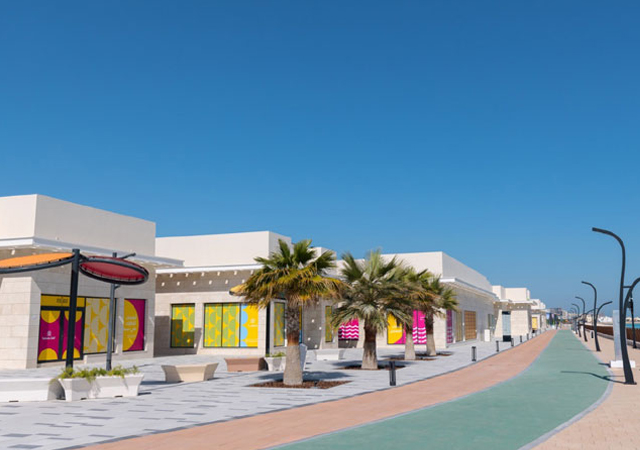
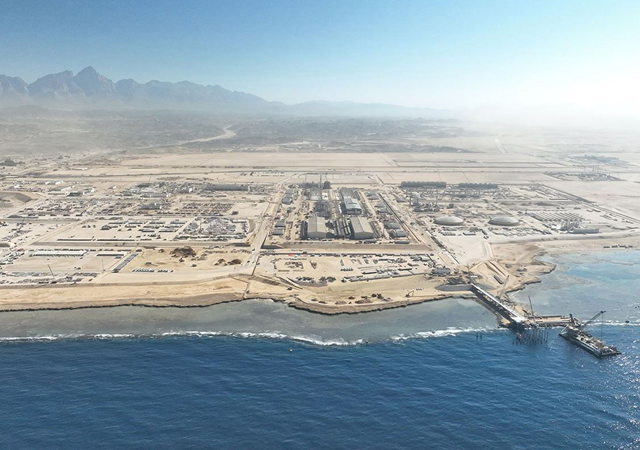
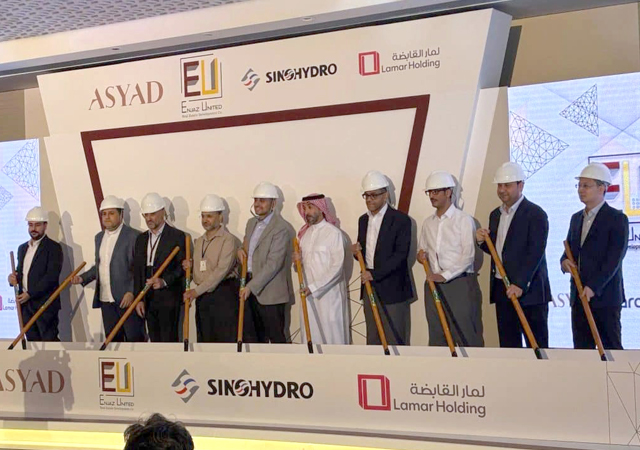
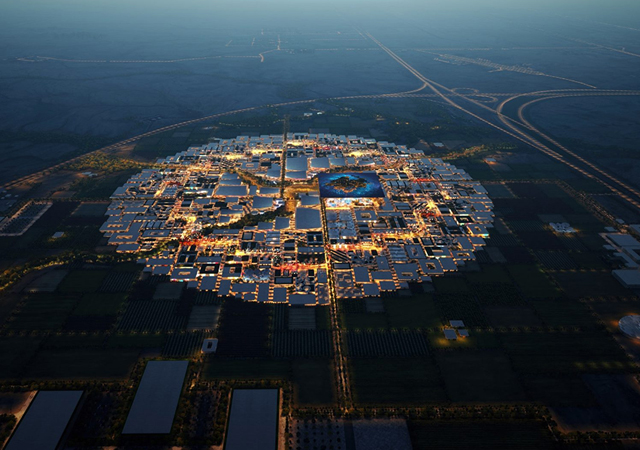
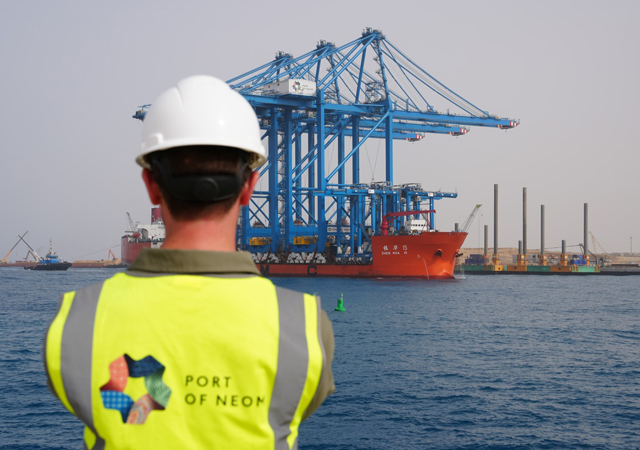
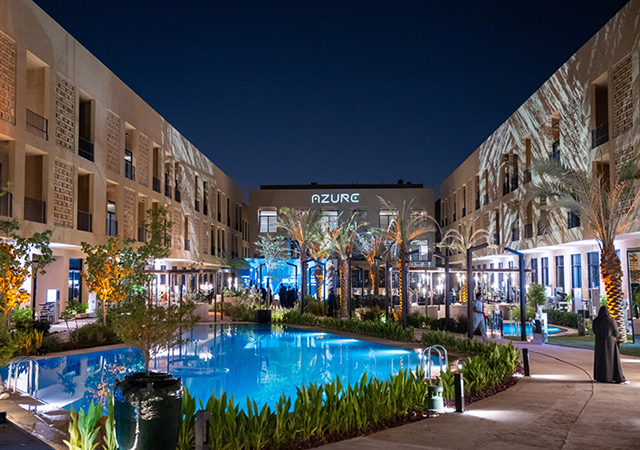
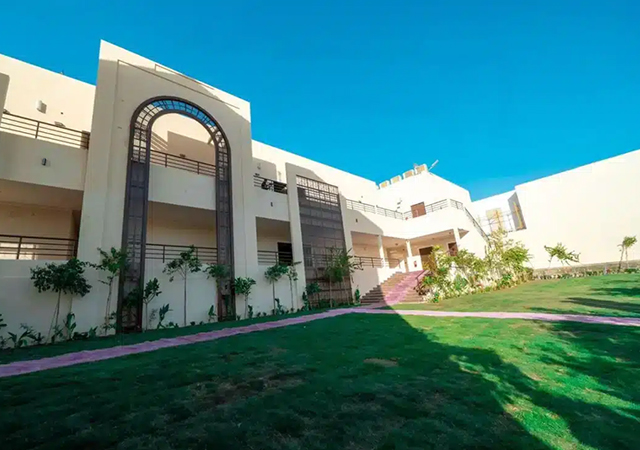
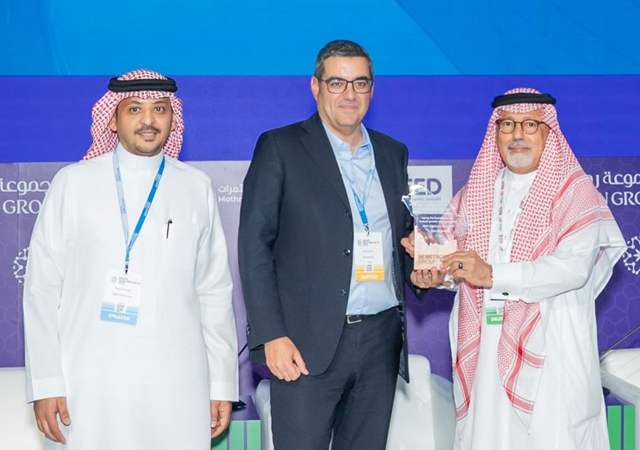
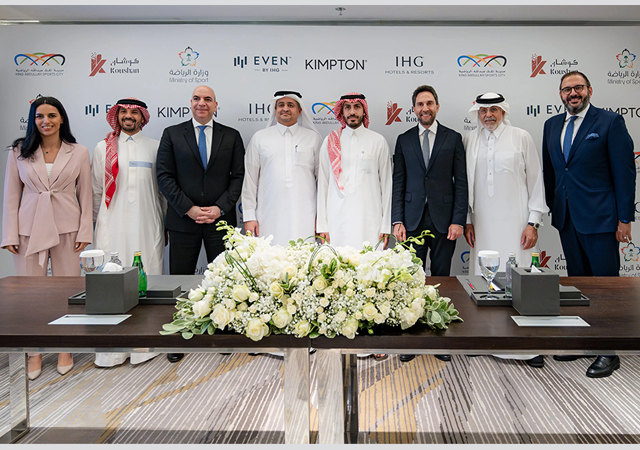
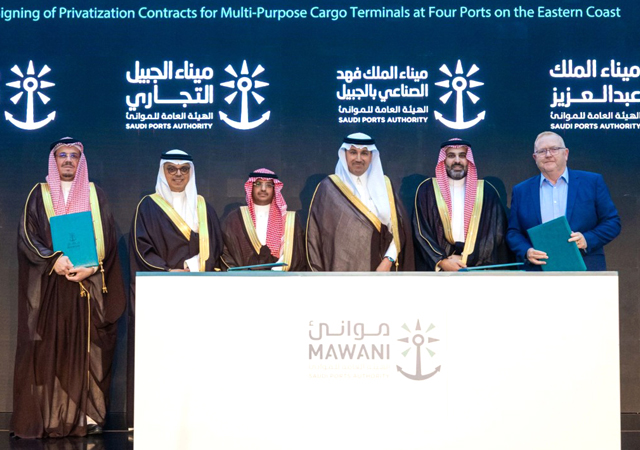
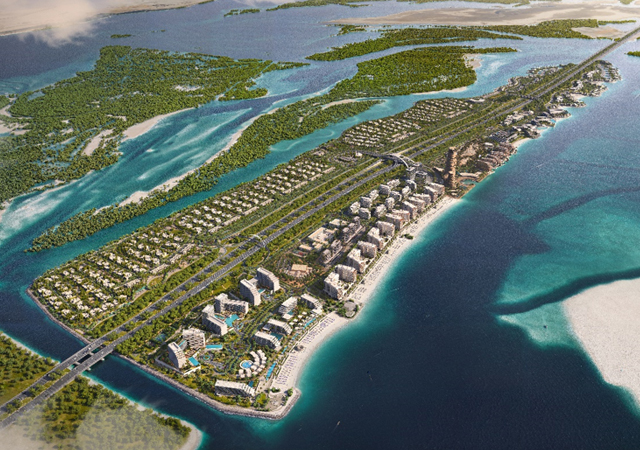

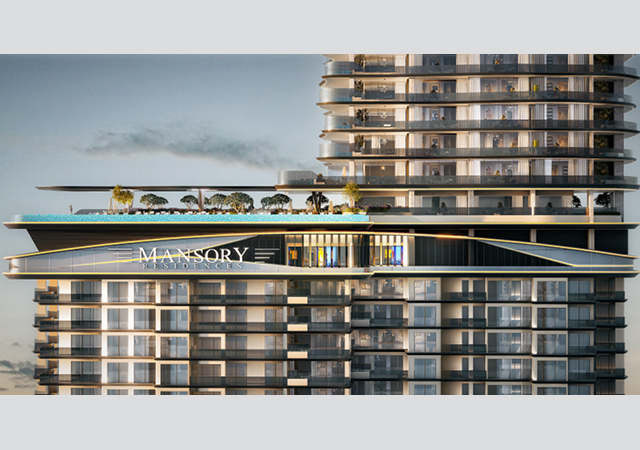
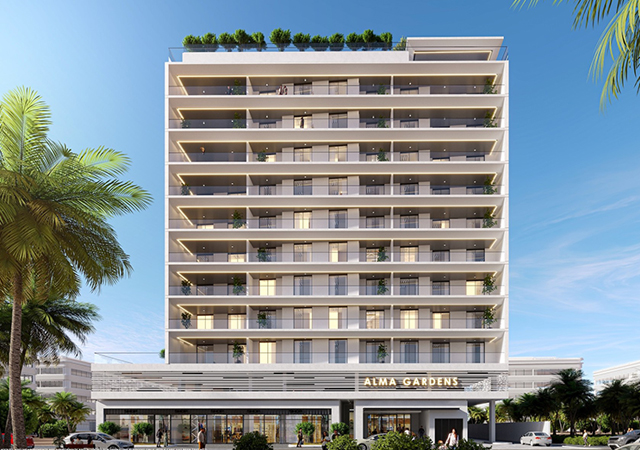

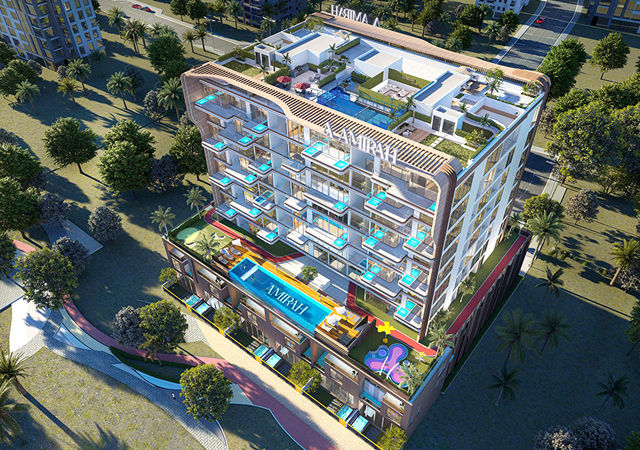

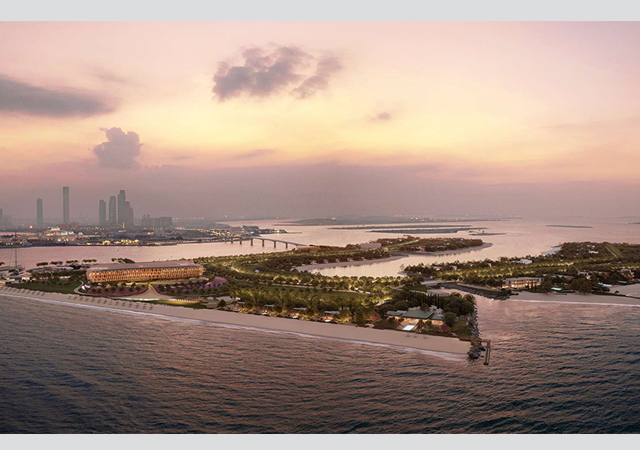
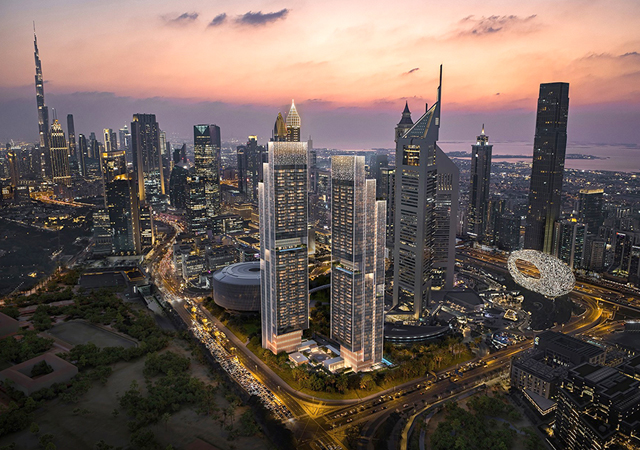
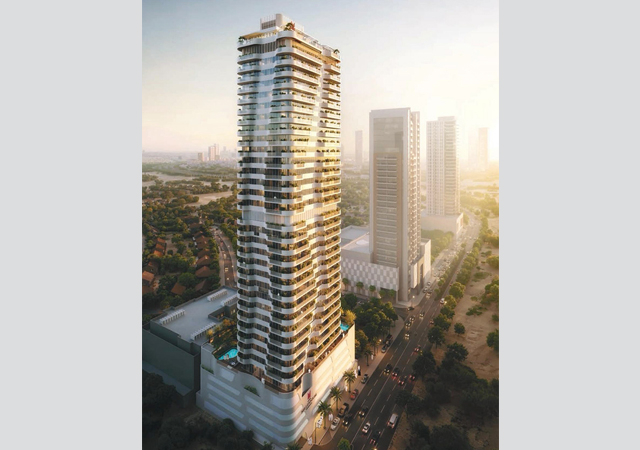

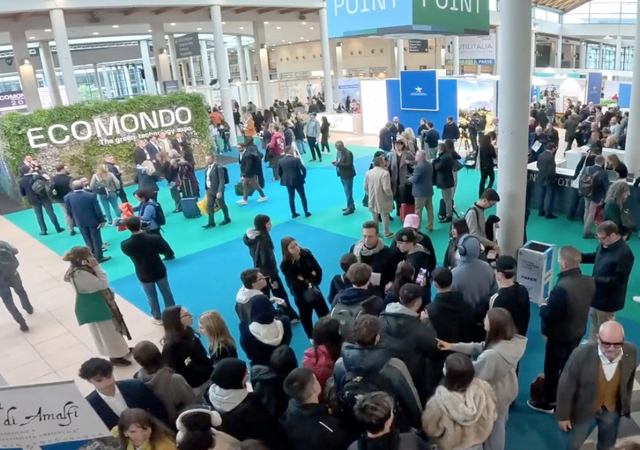
.jpg)
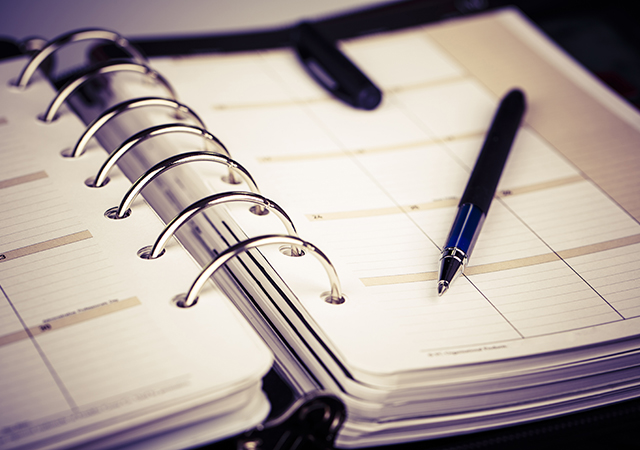








.jpg)
